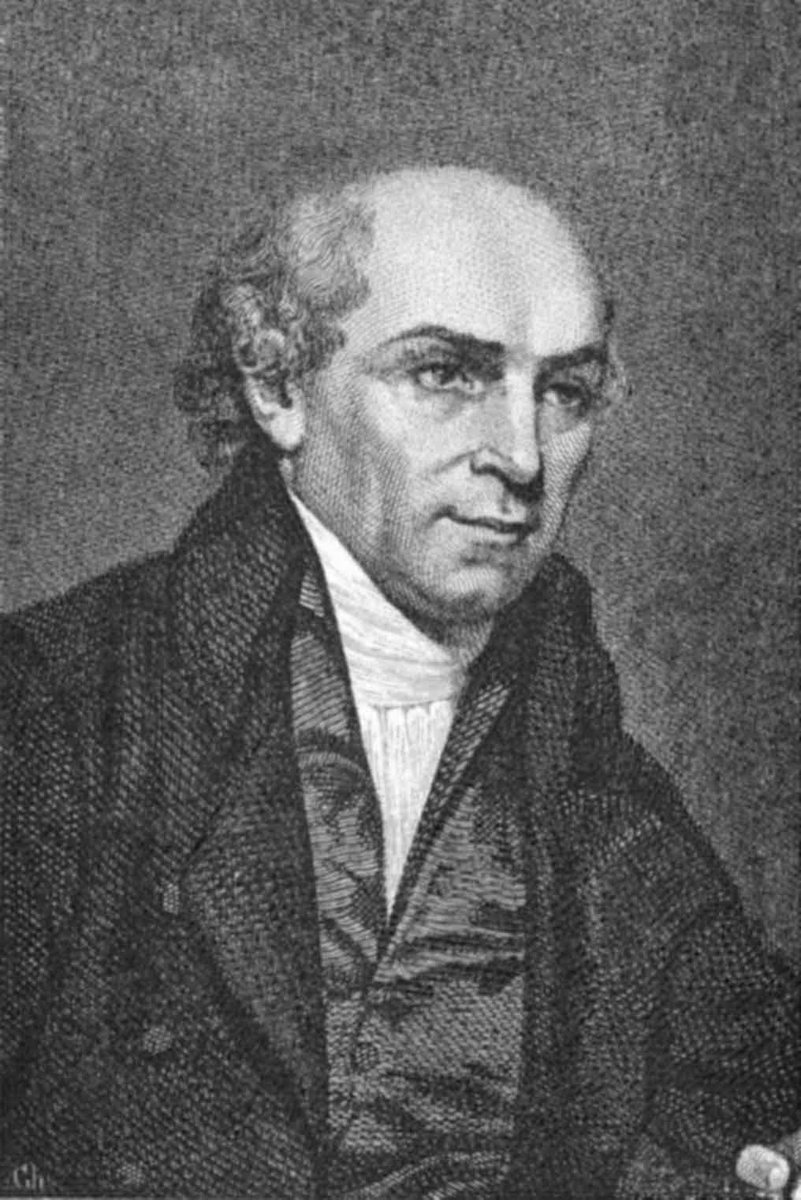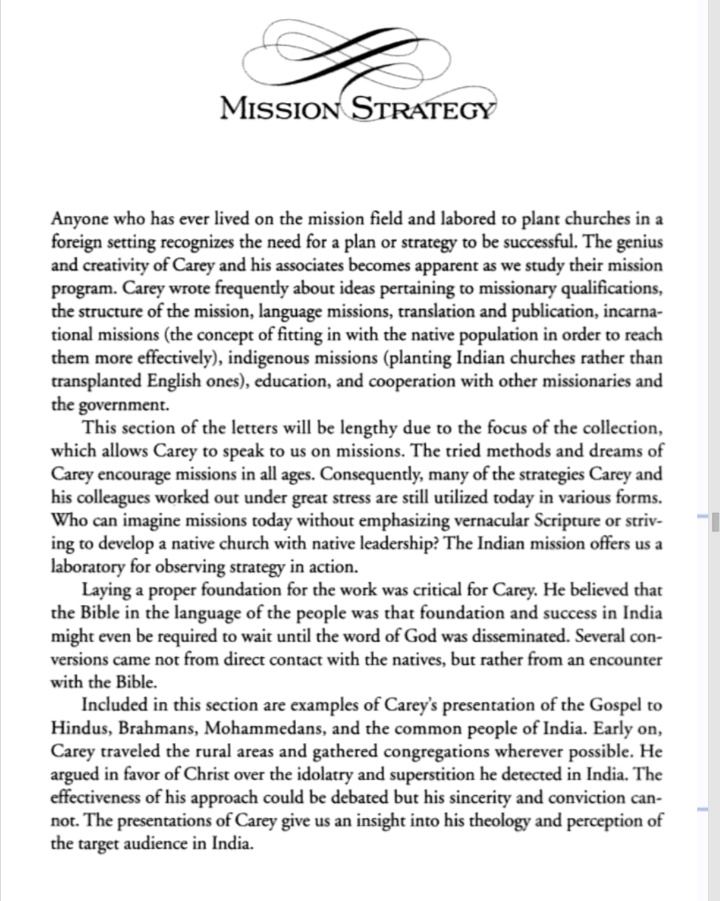William Carey landed on the Indian soil in the year 1793. He spent the remaining years of his life in India. He was a British missionary, a translator and a social reformer who is best known for having the practice of Sati abolished in India. https://twitter.com/VedicWisdom1/status/1339423377283448832
A supposed saviour of the Hindu women who were otherwise forced to immolate themselves on their dead husband's pyre, he is credited to having brought this inhuman practice to the notice of Government and championed to get it abolished.
This is the popular narrative. The truth is slightly different. Raja Ram Mohan Roy played an important role in getting Sati abolished. But even before that, it is important to know that Sati was never as widely practiced as William Carey made it out to be.
He was almost single-handedly responsible for grossly inflating the numbers of the number of women who became Sati annually. I have discussed this is depth in this thread. https://twitter.com/Tanvangi17/status/1283624065572302848?s=19
While reading this thread by @VedicWisdom1 yesterday, I remembered reading something while I was doing my research on William Carey for the Sati thread. A little digging later some startling facts have come up.
A translation of Bible in Sanskrit is not new. It has existed for centuries now. One of the first things that Carey did when he landed in India was to learn the native languages including Sanskrit. He then proceeded to translate the Bible in native languages, Sanskrit included.
Some of his letters reveal the amount of work that he put in to learn the languages just so that he could translate the Bible in local languages. Next he translated Ramayana into English. A couple of his letters +
... hint at his designs to translate even the Vedas into English for the good of the wretched infidels by exposing the wicked Brahmans and the lies that the Vedas teach. No idea if he actually succeeded in procuring the Vedas or not, but I think he didn't get to translate them.
From his available correspondence, he simply mentions having found a Brahmin who was willing to procure the copies of Vedas for some money in 1802. He may have actually gotten the Vedas because in 1803 he mentions his plan of printing them.
While reading his letters (which in themselves are quite enlightening about how a missionary's mind works and the amount hatered he had for the "infidels" or "idolaters") I came across a passage describing the next set of letters that book was going to publish.
The success of the Indian mission was due to genius and creativity of Carey and other missionaries, their and especially Carey's insistence on publications in local languages, the concept of incarnational missions and indigenous missions.
What are these terms? What do they mean?
What are these terms? What do they mean?
Incarnational missions means the concept of fitting in with the local population in order to reach them effectively. Does that ring a bell? Fathers dressed in saffron robes? Yesu bhajan? Yesu Sahasranama?
Indigenous missions means planting Indian churches rather than transplanting English ones. Churches that look exactly like temples anyone? Or Hindu diety in the Gabhagriha but accompanied by a photo of Jesus anyone? Sounds familiar?
Neither have their methods changed nor have their strategies changed. They are still doing the same thing.
Reference:
The Journal and Selected Letters of William Carey
Serampore Letters: Being the Unpublished Correspondence of William Carey and Others with John Williams, 1800-1816
Image from Wikipedia
The Journal and Selected Letters of William Carey
Serampore Letters: Being the Unpublished Correspondence of William Carey and Others with John Williams, 1800-1816
Image from Wikipedia

 Read on Twitter
Read on Twitter



